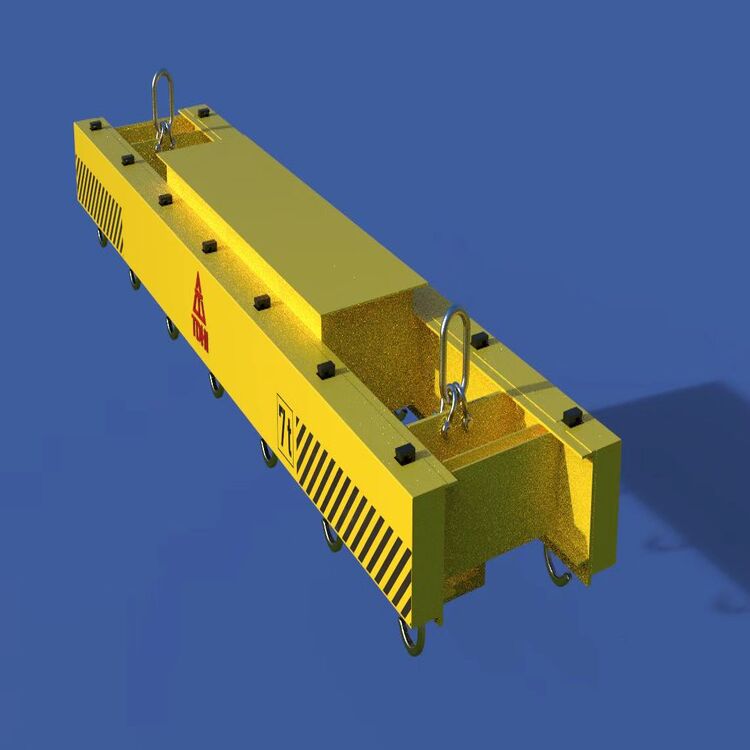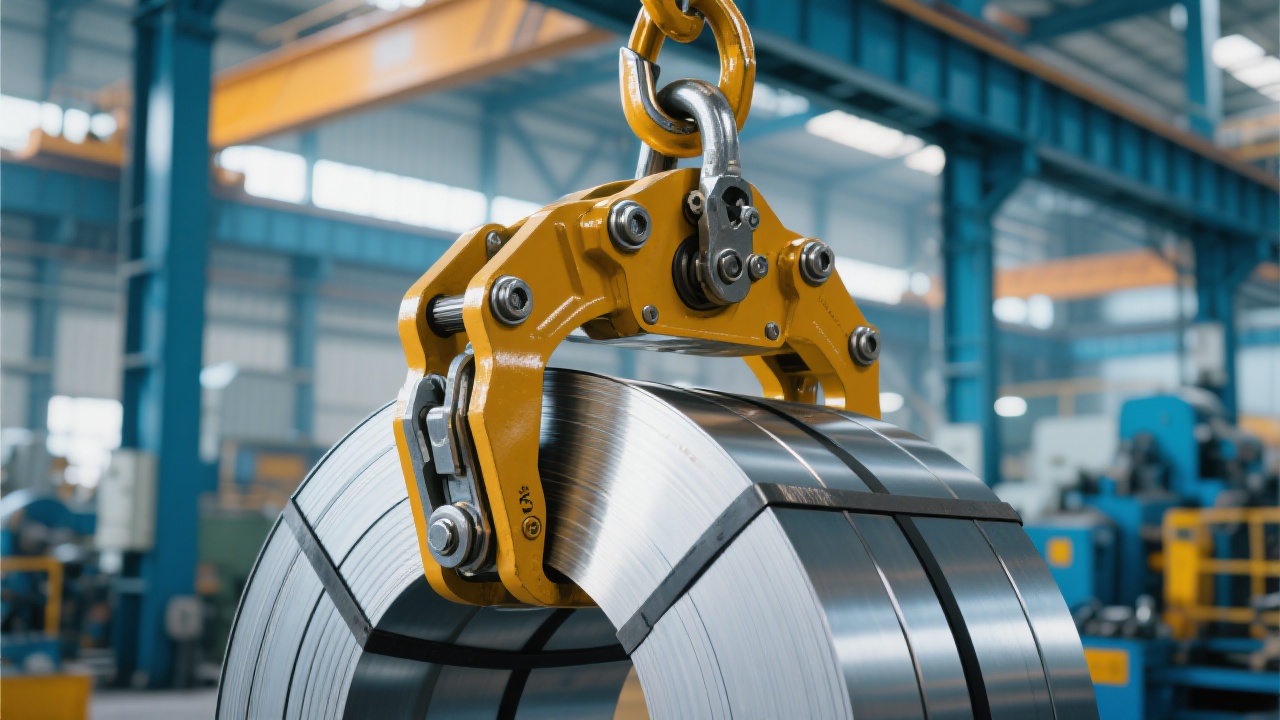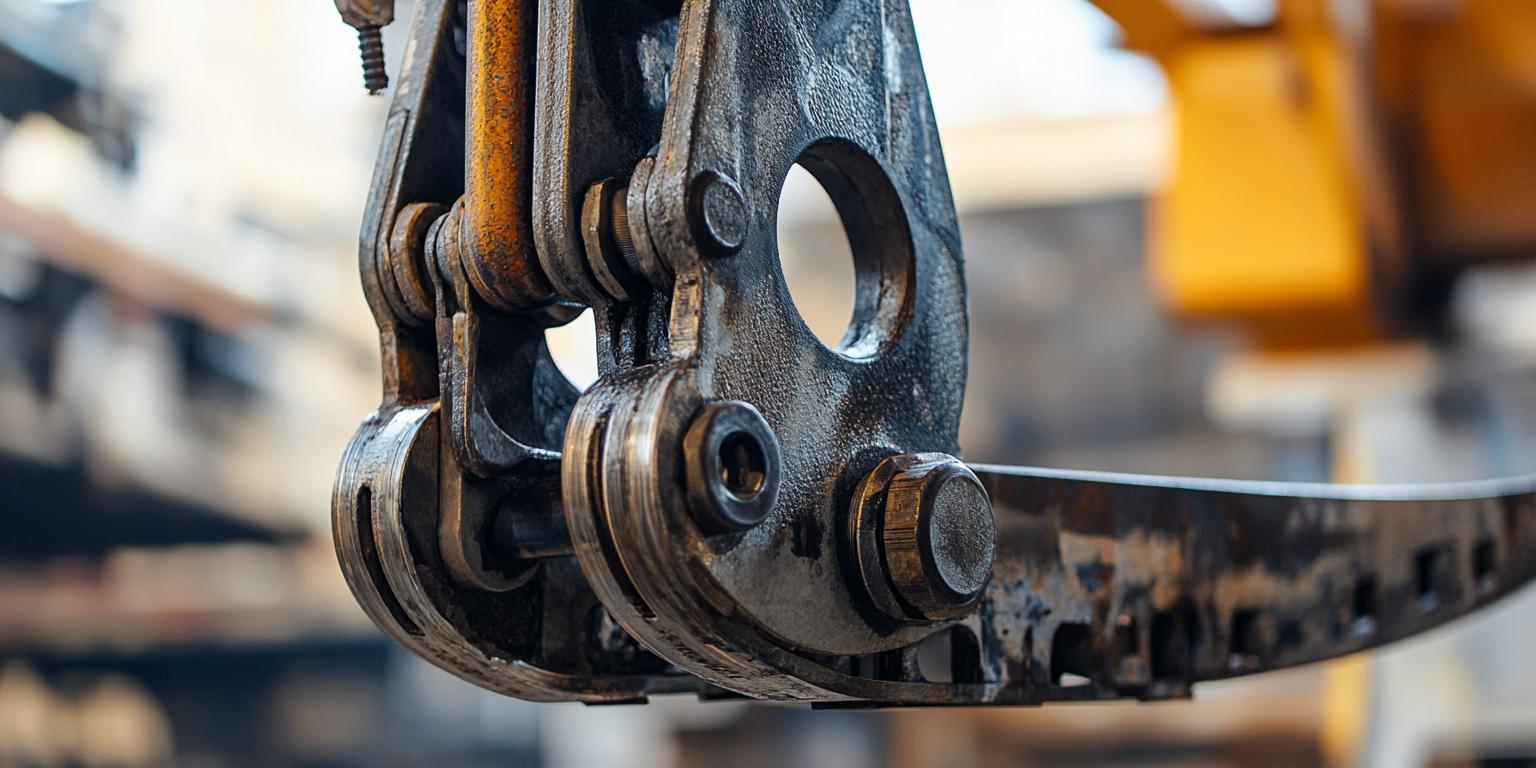
In the automotive production line, lifting tools are crucial for ensuring smooth operations. However, they often face various maintenance challenges. For example, the夹爪 of the lifting tool may deform due to frequent use, and the wire rope may break under heavy loads. These problems can lead to non - planned downtime, affecting production continuity and safety.
According to industry statistics, improper maintenance of lifting tools can increase the probability of equipment failure by up to 30%. Therefore, it is essential to establish a scientific maintenance mechanism.

The first step in basic maintenance is to set a reasonable lubrication cycle. Generally, for lifting tools in normal working conditions, lubrication should be carried out every two weeks. This can reduce friction between components and extend the service life of the equipment.
When it comes to detecting wear of key components, such as the jaws and wire ropes, regular inspections are necessary. For the jaws, visual inspection should be carried out at least once a month to check for deformation. For wire ropes, a more detailed inspection should be conducted every two months to detect any signs of broken wires.
Lifting tools may operate in different working conditions, such as wet, dusty, or high - temperature environments. Each working condition requires specific protection measures.
In a wet environment, rust - proof coatings can be applied to the lifting tools. For example, a zinc - rich primer can be used, which can provide long - term protection against rust. In a dusty environment, sealed covers can be installed on the lifting tools to prevent dust from entering the internal components. In a high - temperature environment, heat - resistant materials should be used for key components, and cooling systems can be added if necessary.

| Working Condition | Solution | Material Recommendation |
|---|---|---|
| Wet | Apply rust - proof coating | Zinc - rich primer |
| Dusty | Install sealed covers | Silicone rubber seals |
| High - temperature | Use heat - resistant materials and add cooling systems | Ceramic - based heat - resistant materials |
To enhance the participation and execution efficiency of front - line operators, a visual maintenance list template can be introduced. This template clearly lists all the maintenance items and their inspection frequencies, making it easy for operators to follow.
The 5 - minute quick inspection method is also a very effective way. Operators can conduct a quick inspection of the lifting tools every day during the start - up or shutdown process. This can help detect potential problems in a timely manner and reduce the probability of major failures.

Let's take a look at a typical fault case. In a certain automotive factory, due to the lack of regular inspection of the wire ropes of the lifting tools, a wire rope broke during operation, causing a non - planned shutdown of the production line for two days. This incident not only affected the production schedule but also increased the maintenance cost.
By reviewing such cases, we can strengthen the risk awareness of readers and guide them to shift from passive maintenance to active management.
In conclusion, proper maintenance of industrial lifting tools is crucial for ensuring production continuity and safety. By following the methods and strategies mentioned in this article, you can effectively extend the service life of your lifting tools. Download the PDF manual now to keep your lifting tools running efficiently!

